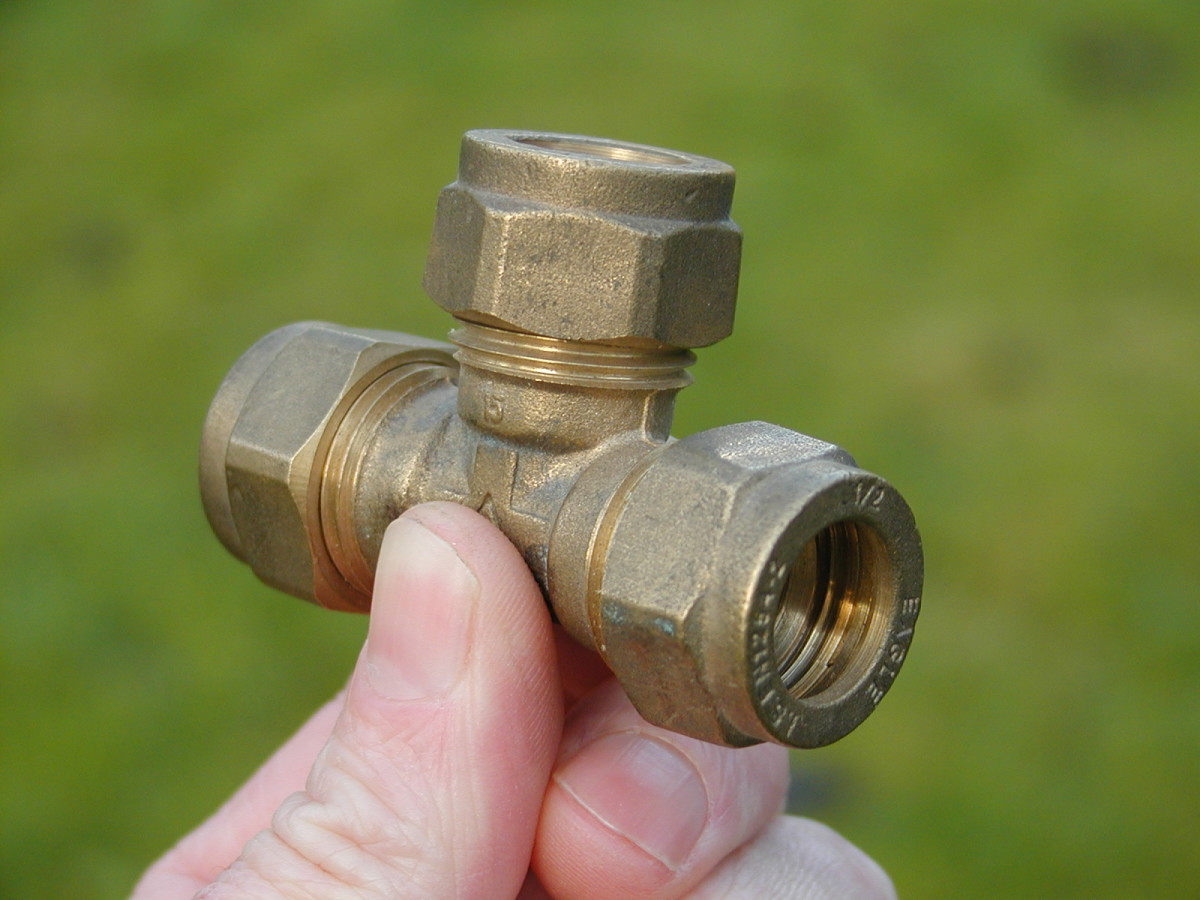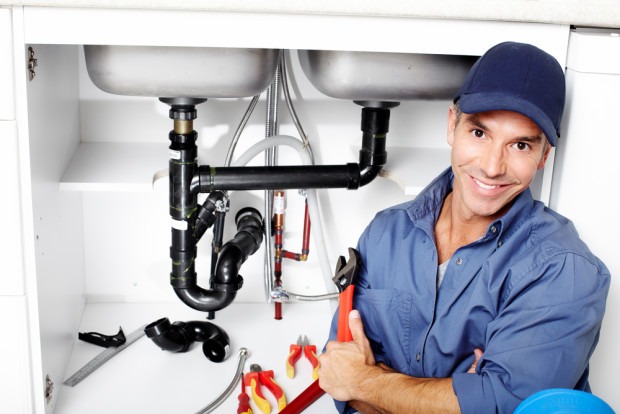Presented here in the next paragraph you can locate more worthwhile information and facts in relation to Why Your Water Pipes Are Noisy and How To Shut Them Up.

To identify noisy plumbing, it is very important to identify very first whether the unwanted sounds happen on the system's inlet side-in various other words, when water is turned on-or on the drainpipe side. Sounds on the inlet side have differed reasons: excessive water pressure, worn shutoff as well as faucet components, improperly linked pumps or various other appliances, incorrectly placed pipeline bolts, as well as plumbing runs consisting of too many limited bends or various other limitations. Noises on the drain side typically originate from bad area or, similar to some inlet side noise, a layout including tight bends.
Hissing
Hissing noise that occurs when a tap is opened somewhat normally signals too much water stress. Consult your neighborhood water company if you presume this problem; it will have the ability to tell you the water pressure in your area and also can mount a pressurereducing shutoff on the inbound water system pipe if essential.
Thudding
Thudding noise, typically accompanied by trembling pipelines, when a faucet or home appliance shutoff is shut off is a problem called water hammer. The sound and vibration are caused by the resounding wave of stress in the water, which unexpectedly has no location to go. Occasionally opening a shutoff that releases water promptly right into a section of piping including a limitation, arm joint, or tee installation can create the very same problem.
Water hammer can usually be treated by installing installations called air chambers or shock absorbers in the plumbing to which the trouble valves or taps are connected. These gadgets enable the shock wave developed by the halted circulation of water to dissipate in the air they consist of, which (unlike water) is compressible.
Older plumbing systems might have short upright areas of capped pipe behind walls on tap runs for the same purpose; these can eventually fill with water, decreasing or ruining their performance. The cure is to drain the water supply totally by turning off the main water supply valve and also opening up all taps. Then open up the main supply valve and also shut the faucets one at a time, starting with the tap nearest the shutoff as well as ending with the one farthest away.
Babbling or Shrilling
Intense chattering or shrilling that happens when a valve or faucet is switched on, which typically disappears when the fitting is opened totally, signals loose or defective interior parts. The service is to change the valve or faucet with a brand-new one.
Pumps and appliances such as washing devices and dish washers can transfer motor noise to pipes if they are poorly linked. Connect such things to plumbing with plastic or rubber hoses-never stiff pipe-to isolate them.
Various Other Inlet Side Noises
Creaking, squealing, damaging, snapping, and also touching typically are caused by the growth or tightening of pipes, normally copper ones providing warm water. The sounds take place as the pipes slide against loose fasteners or strike nearby residence framework. You can frequently pinpoint the location of the issue if the pipes are revealed; simply comply with the sound when the pipelines are making sounds. Most likely you will certainly find a loose pipeline wall mount or a location where pipelines exist so near flooring joists or other mounting items that they clatter against them. Attaching foam pipeline insulation around the pipelines at the point of contact need to treat the issue. Make sure straps as well as hangers are safe and secure as well as provide sufficient assistance. Where feasible, pipeline fasteners must be affixed to massive structural elements such as structure wall surfaces rather than to framing; doing so reduces the transmission of vibrations from plumbing to surface areas that can magnify and also move them. If affixing fasteners to framing is inevitable, wrap pipes with insulation or other durable product where they contact fasteners, and sandwich completions of brand-new bolts between rubber washers when mounting them.
Dealing with plumbing runs that suffer from flow-restricting limited or countless bends is a last resource that needs to be taken on just after speaking with a competent plumbing specialist. Regrettably, this scenario is rather common in older homes that may not have actually been constructed with indoor plumbing or that have seen numerous remodels, specifically by novices.
Drainpipe Sound
On the drain side of plumbing, the chief objectives are to remove surface areas that can be struck by falling or rushing water and also to shield pipes to contain unavoidable noises.
In brand-new construction, tubs, shower stalls, commodes, as well as wallmounted sinks and containers must be set on or against resilient underlayments to lower the transmission of noise via them. Water-saving toilets and also faucets are much less noisy than standard models; mount them rather than older types even if codes in your location still permit utilizing older fixtures.
Drainpipes that do not run up and down to the cellar or that branch into horizontal pipe runs sustained at flooring joists or other framing existing specifically problematic noise problems. Such pipes are big sufficient to emit considerable vibration; they also lug significant amounts of water, which makes the situation worse. In new building and construction, define cast-iron dirt pipes (the large pipelines that drain pipes toilets) if you can afford them. Their enormity consists of much of the noise made by water travelling through them. Likewise, prevent transmitting drains in walls shown to bed rooms and rooms where people collect. Wall surfaces including drainpipes need to be soundproofed as was defined earlier, utilizing dual panels of sound-insulating fiberboard as well as wallboard. Pipelines themselves can be wrapped with special fiberglass insulation produced the objective; such pipes have an invulnerable plastic skin (occasionally consisting of lead). Results are not constantly acceptable.
WHY IS MY PLUMBING MAKING SO MUCH NOISE?
This noise indeed sounds like someone is banging a hammer against your pipes! It happens when a faucet is opened, allowed to run for a bit, then quickly shut — causing the rushing water to slam against the shut-off valve.
To remedy this, you’ll need to check and refill your air chamber. Air chambers are filled with — you guessed it — air and help absorb the shock of moving water (that comes to a sudden stop). Over time, these chambers can fill with water, making them less effective.
You’ll want to turn off your home’s water supply, then open ALL faucets (from the bathroom sink to outdoor hose bib) to drain your pipes. Then, turn the water back on and hopefully the noise stops! If you’re still hearing the sound, give us a call to examine further.
Whistles
Whistling sounds can be frustrating, as sometimes the source isn’t easily identified. However, if you can pinpoint which faucet or valve that may be the cause, you’ll likely encounter a worn gasket or washer — an easy fix if you replace the worn parts!Whistling sounds from elsewhere can mean a number of things — from high water pressure to mineral deposits. Your best plan of attack here is to give our plumbing experts a call. We’ll be able to determine where the noise is coming from and what the cause may be, then recommend an effective fix!
Cracks or Ticks
Cracking or ticking typically comes from hot water going through cold, copper pipes. This causes the copper to expand resulting in a cracking or ticking sound. Once the pipes stop expanding, the noise should stop as well.
Pro tip: you may want to lower the temperature of your water heater to see if that helps lessen the sound, or wrapping the pipe in insulation can also help muffle the noise.
Bangs
Bangs typically come from water pressure that’s too high. To test for high water pressure, get a pressure gauge and attach it to your faucet. Water pressure should be no higher than 80 psi (pounds per square inch) and also no lower than 40 psi. If you find a number greater than 80 psi, then you’ve found your problem!
Next step is to give us a call in order to install a pressure regulator. Trust us, you don’t want to wait to resolve this issue. Not only is the sound annoying, but high water pressure can be destructive to your home — including damaging certain appliances, like your washer and dishwasher.
Dripping
You might be accustom to the slow quiet drip your kitchen faucet makes. You might have even tuned out your bathroom sink dripping and drabbing all day long — but it’s time to find its cause.
A slow drip could signify a variety of easy to fix issues, such as a worn out O ring, or loose part. And by ignoring the drip, you could be wasting up to 2,000 gallons of water a year! So start conserving water — get it looked at ASAP.
https://www.pwessig.com/blog/2018/december/why-is-my-plumbing-making-so-much-noise-/

We were introduced to that write-up about Why Do My Plumbing Pipes Make A Knocking Noise through a good friend on another site. For those who liked our article kindly make sure you remember to share it. I love reading our article about Why Your Water Pipes Are Noisy and How To Shut Them Up.
Go Deal